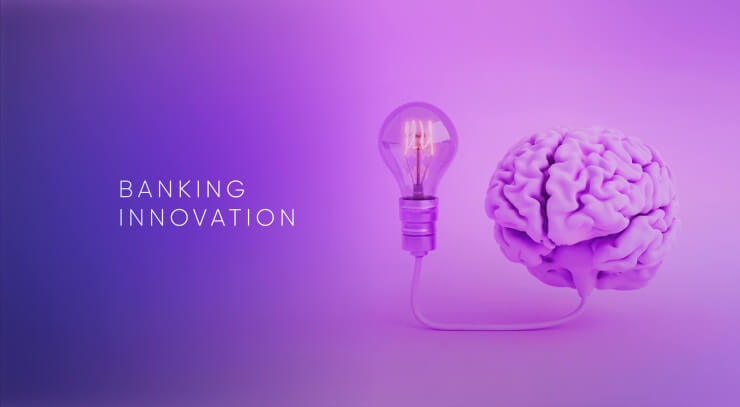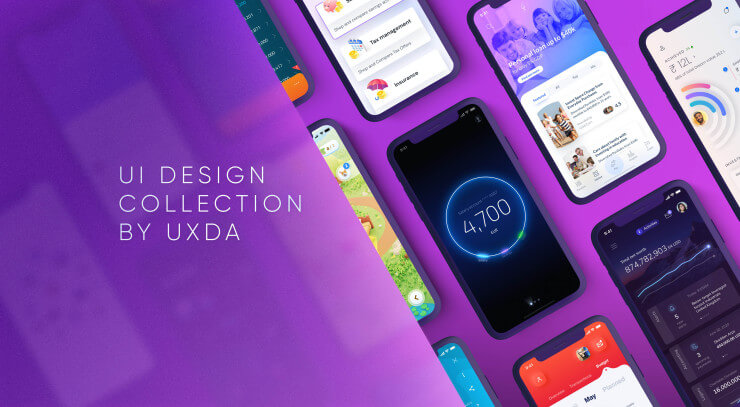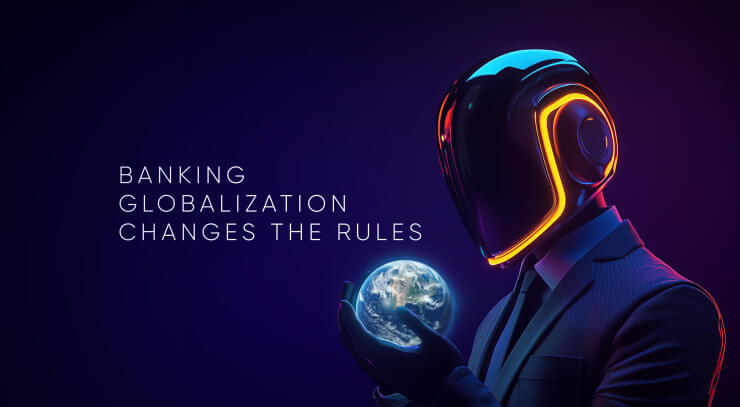Many products around us look very successful. But sometimes that's only an illusion. In reality, their days are numbered. You all know the most striking examples - Kodak, Nokia, Blockbuster, and other giants who relied on the success of the past and failed to provide the required value to upcoming digital customers. In the digital age, customer expectations are constantly growing, and digital financial services are no exception.
Let's imagine a company at the tipping point. They notice that their business performance is deteriorating. From a continuous state of growth, suddenly they find the business in a state of war. Everyone is looking for someone to blame and attack.
At first, they think it’s all because of competitors, and begin to fight them. When this doesn't help, they shift the focus inside and start seeking the guilty among the employees. But the figures are still inevitably falling. Then they decide to attack customers by increasing advertising and aggressively pushing sales of their product.
Such situation demotivates the partners of the company, employees and customers. Ultimately, the business loses demand entirely, wastes all of its resources and becomes unprofitable. Could the same happen to financial companies?
The answer would be “no” for those financial institutions that investigate the root of the problem by looking inward, not seeking a scapegoat outward. It means - exploring what's wrong with your product or service, what's missing, why do the customers reject it?
You can’t force the world to adapt to your product, but you can adapt your product to the world.
How to Ensure the Best Digital Service in Finance
How to define and realize the value your financial company can bring customers through digital service? How to find out what the users want and deliver up to that? These are questions critical for surviving the digital transformation in finance.
Every product is unique but there are four general and powerful tactics that apply to any business that aims to create value-based products.
You can start integrating these right after reading this article. Let's dig in and explore how to implement design thinking and UX (User Experience) techniques to switch from product patching to delivering outstanding value for your customers.
1. Use The Power of Reverse Engineering
Everybody knows that digital transformation is a must to survive the new age but not everyone is aware of the right way to do that. Statistics show that 70% of digital transformations fail. Why so? Because in the process of transformation, the main focus is on the product and the benefits it will provide the company. It seems obvious to think about:
- How to implement the technology;
- What backend technology to use;
- What will the team consist of;
- What marketing tricks will help sell it.
But what if I tell you this model of how businesses have been operating for decades is wrong? In the digital transformation, the main focus is usually on technology. While it should be all about the customer experience. As Steve Jobes said in May 1997, you've got to start with the customer experience and work back toward the technology - not the other way around.
That's why I call successful digital transformation the experience transformation - where you transform an awful digital experience into a delightful one.
Many think that product success is in its features, functions, and marketing…But the ones deciding product success are the people using it - the users. And what if they don't need all the “wonderful” functionality and backend technologies your financial product has? What if they have other pains that need to be solved?
The difference between thinking about product features and focusing on the user is value.
In the digital world, success is achieved not by creating a selling package for a product, but by turning the product into a value that sells itself.
We do this by using the Financial UX Design methodology. It provides a specific way to reduce the risk of failure and increase the success rate by focusing on product value. It's based on reverse engineering - a top-down approach that begins with defining the ultimate value for the users and ends with an action plan. Through UX research we define how to maximize the value financial product provides users. While design allows to materialize it into a look and feel of an actual product.
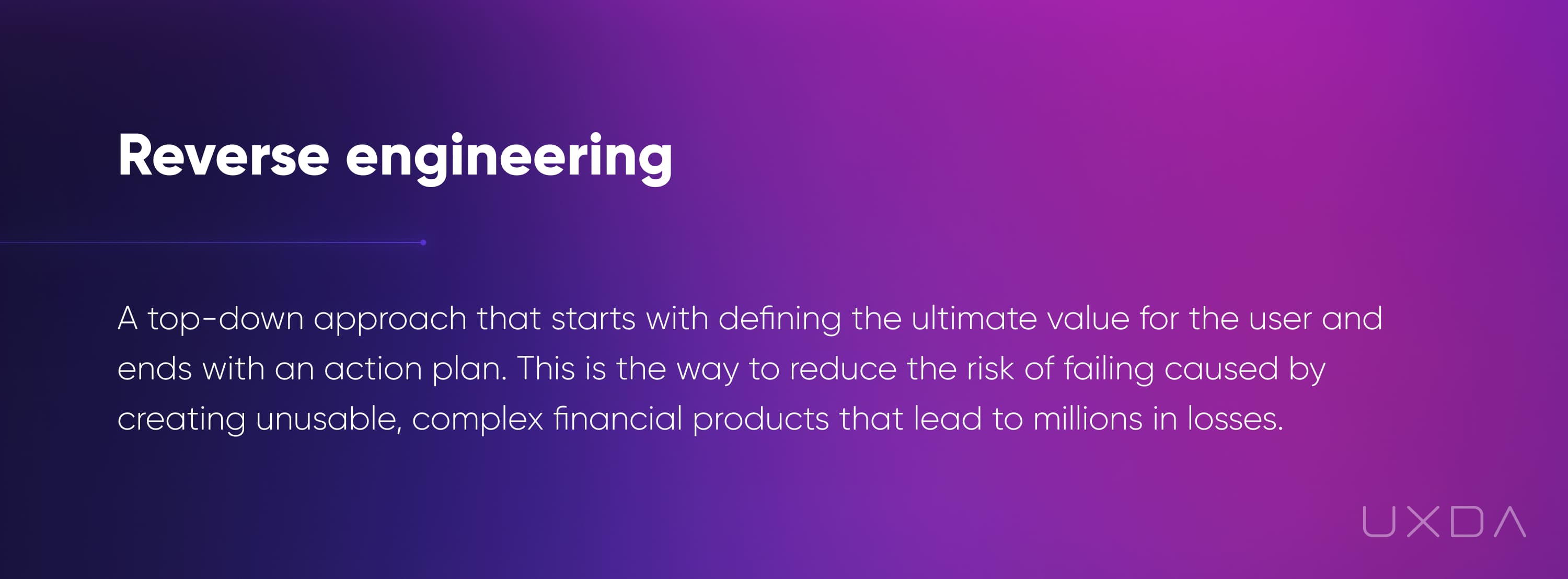
There's a saying, if you wish to predict the future, create it - and that's basically what reverse engineering does. Use it to reduce the risk of failure and maximize the product's success by making sure users will get the utmost value of the product. This is the way to create a financial experience that users love and will be eager to recommend to their friends.
I like to compare reverse engineering to a maze that has multiple enters and only one exit. The enters are different types of product configuration, functionality, and features. And the exit is the high demand and success on the market. Usually, the entrepreneur tries to guess which configuration should he develop to gain success. He looks around to figure out what products are trending, he codes a lot of features to impress customers, and finally packs all this into vibrant design to grab attention. Then he spends tons of money on advertising to convince consumers that they need this. Unfortunately, this is a very expensive Russian roulette because you will never know which configuration works best.
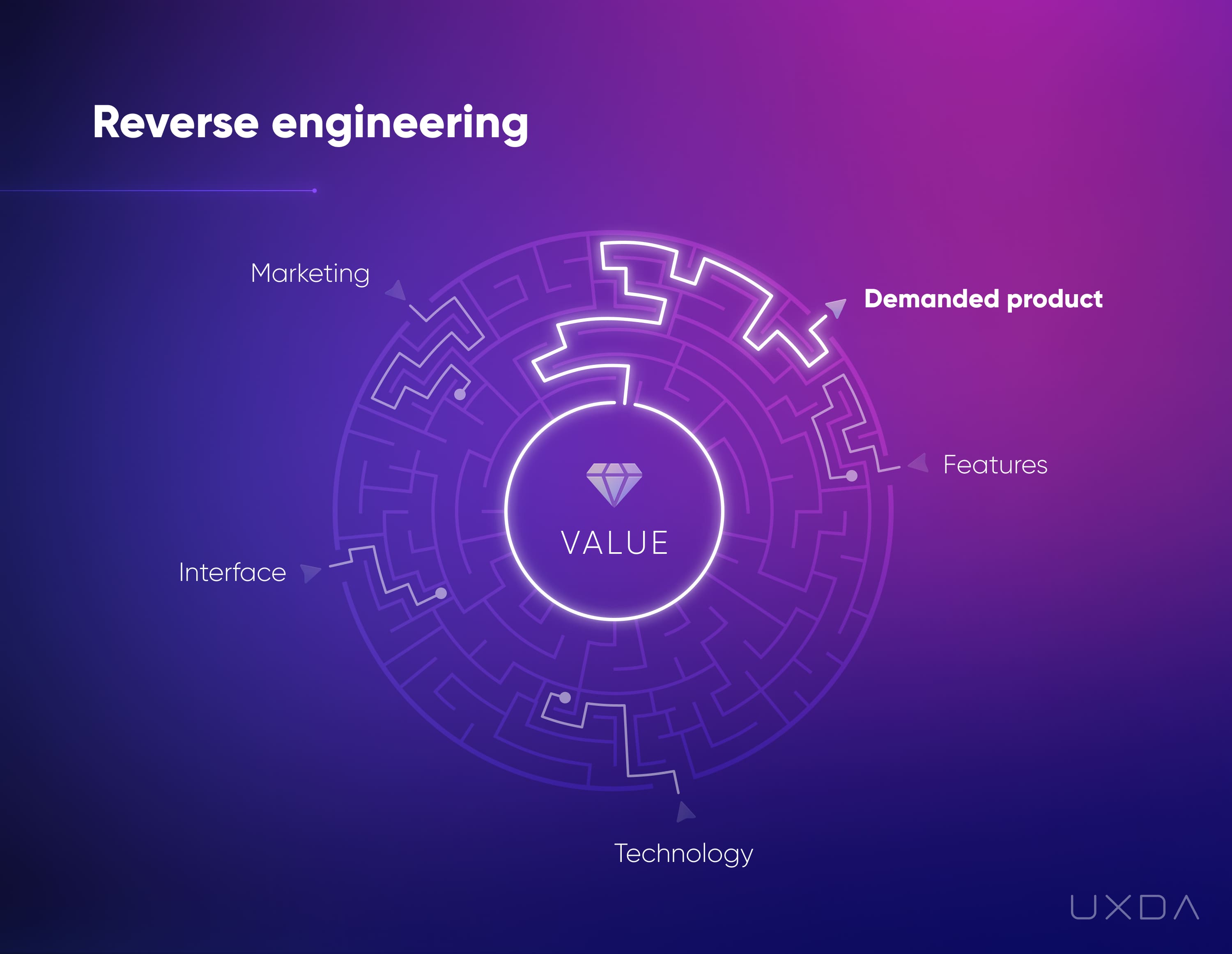
In reverse engineering, you significantly reduce uncertainty by starting from the maze exit and moving to the correct entry. In this case, the exit of the maze is the point where the product is highly demanded because of the value it provides to customers.
By beginning with exploring the value that's significant to customers, we put the focus of the product and the entire business on the needs of customers.
I'm not going to lie, this is not easy, and very often requires a dramatic change in the company decision-making principles, inner cultural values and the logic of business processes. But this pays off with growing demand and user satisfaction.
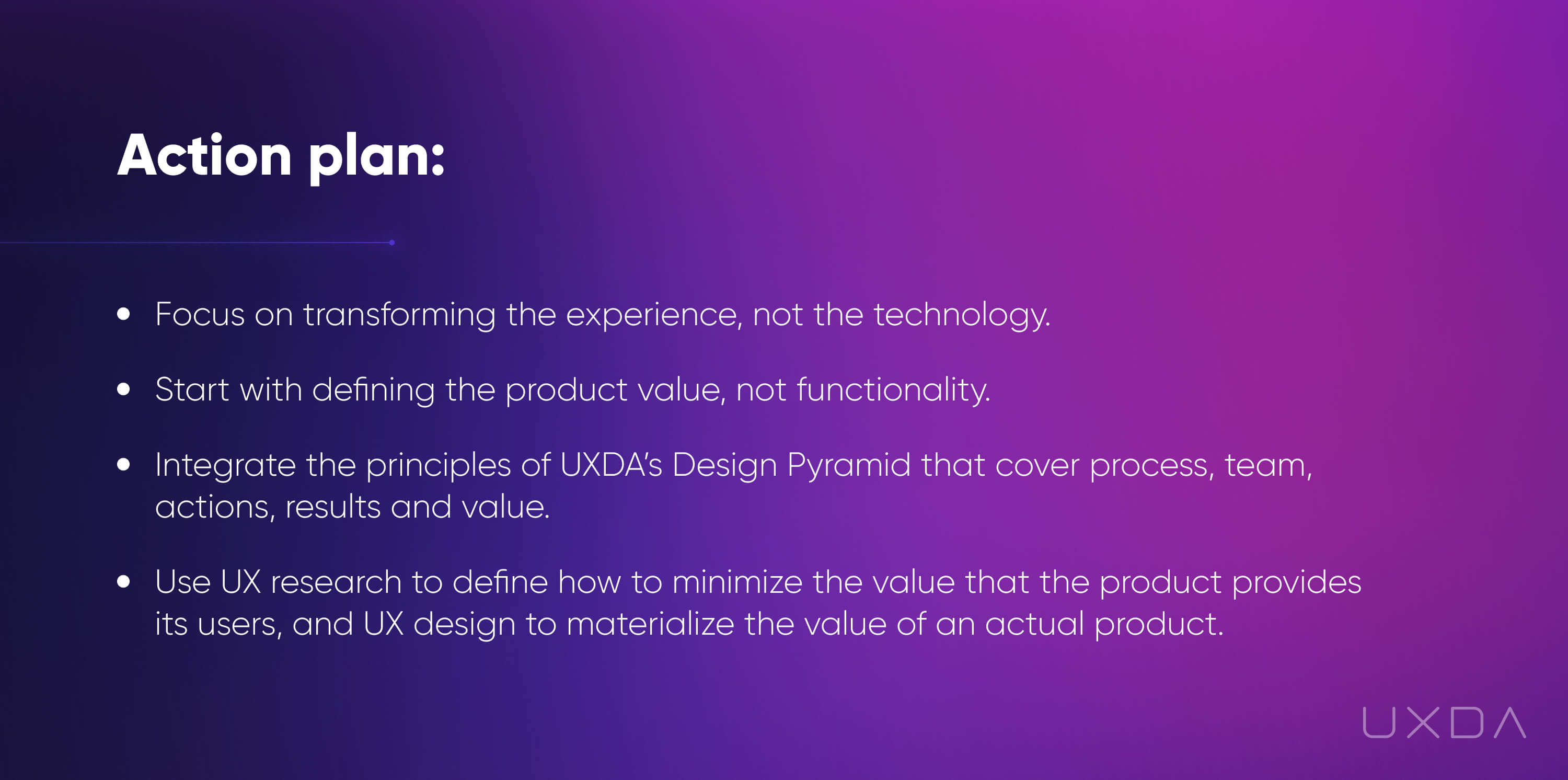
Resources:
Transforming Towards Experience Mindset
2. Make User-Centricity your Religion
The first thing that has the biggest effect on long-term success is the company's motivation to help its customers and make them happy. If every employee of the company shares this mindset, then even a hopeless product can be turned into a valuable one.
What could be nicer than reading grateful reviews and receiving letters of gratitude from your customers?
Providing the best customer experience is also the ultimate motivation for the whole team. The employees’ eagerness to create grows rapidly if they are working on a product that is supposed to make hundreds of thousands or even millions of users happy, including their own friends and family.
Therefore, to avoid being disrupted, companies need to notice user dissatisfaction and update or reinvent their financial product design accordingly. Even if you feel confident about the success of your digital product, have you asked your customers what they think or what could be improved? Have you sought out what they are writing about your financial product UX on social media and what kind of rating and reviews do you have on Google Play and the App Store?
It seems simple math, but so many big banks that come to UXDA digital product design agency for UX help, are shocked when we present them the product ratings and reviews by their users. They ask in surprise - where did you find those? And we reply - just by googling, or in App Store, it's publicly available information. Meanwhile, FinTechs are constantly asking their customers for feedback and finding out how they could improve their financial product user experience.
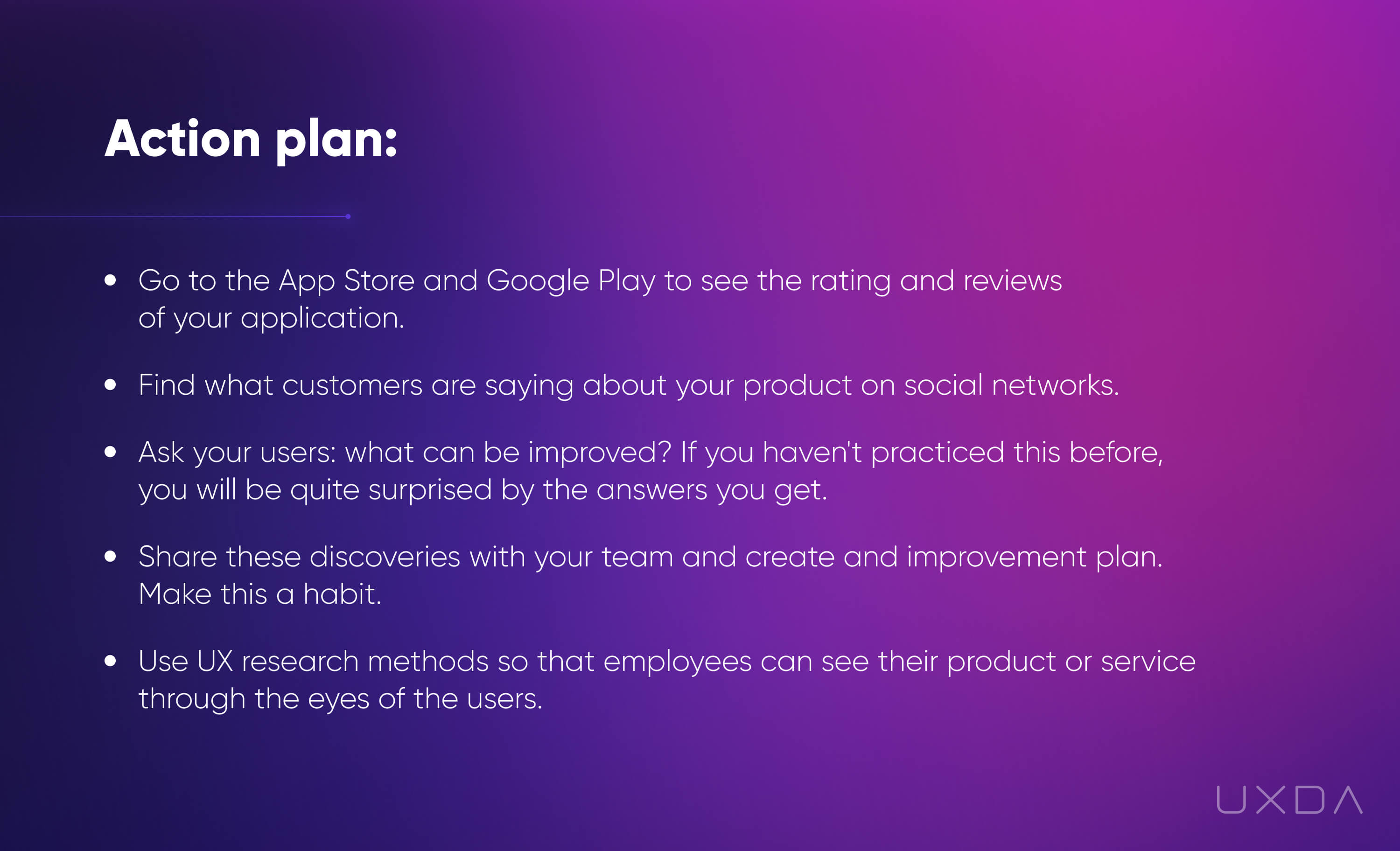
Resources:
5 Effective Research Methods To Create User-Centered Financial Products
Psychology Concepts That Help Understanding the Users and Creating a Great Customer Experience
3. Save Yourself from the Red Ocean with Authenticity
Very often, instead of delivering a specific value through a product, a template solution is created. There are a lot of such products around us. They are inconvenient, faceless, and have no benefit for the users. The product team and the company as a whole might lack not only an overall vision but, most importantly, the meaning of WHY they are creating the product. What problems will it solve and what benefits will it provide to the users? By not treating all of these existential questions with dignity, the company is risking its product quickly sinking into the “red ocean” of competition.
To some extent, this approach may work, especially if the price is below the market, but in the long run, this will bring the business to failure. The digital age is a time of authentic solutions.
The marketing thinking “one size fits all” is long gone. Unique solutions create emotions. And emotions drive the value of the product and the loyalty of the clients, resulting in conversion.
A successful business is always looking for its own way to excel amongst competitors, to deliver a uniquely delightful experience. This is possible only by carefully empathizing with the users and analyzing the competitor’s mistakes and successes.
Being conventional can demotivate not only customers but also employees. They lose the drive to create something remarkable for people. They don't see the point, the bigger goal or mission of their day-to-day duties. That can get quite depressing especially if they see the demand constantly decreasing. The rules of the game have changed in the digital age. A business that doesn't provide unique value and benefit to its users quickly loses the meaning of its existence.
This can significantly increase the internal energy of the company. As Nietzsche said: “He who has a why to live for can bear almost any how.”
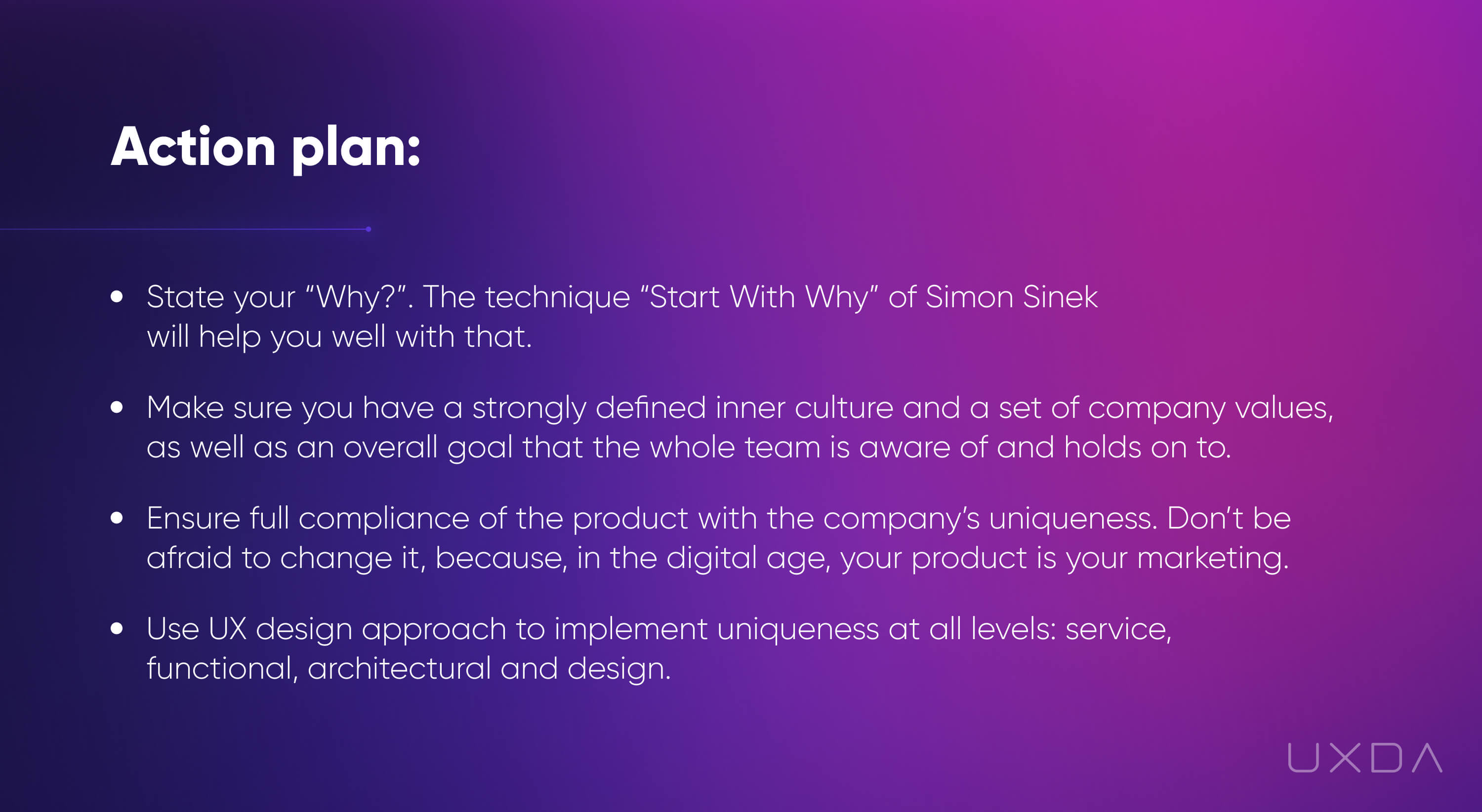
Resources:
“Start With Why” by Simon Sinek
Finding and defining the value of your product through UXDA's product value pyramid
4. Conquer Transformation with Flexibility
Finally - the survival of the disruption depends on your ability to be as flexible as Jean-Claude Van Damme in the viral Volvo Trucks commercial That is, the ability to abandon old obsolete practices that you still hold on to because they once helped you achieve success. You have to be agile and able to adapt to what's currently happening in the market.

Source: latintimes.com
If the business fails to put the main focus on the users, it will miss the opportunities to match digital product and market. We need to constantly be open to the new tendencies and growing expectations of the users. Businesses have to regularly look for ways to gain a market advantage over their competitors by paying close attention to customer struggles and solving those. This is the way of providing the best possible service.
A true professional takes away his ego and is completely immersed in the customer’s problem to find the best solution.
He is aware of the complexity of the task and fears that naturally go with it, but he knows that legacy holds him back, that's why he gathers all of his courage to step over it. Holding on to a legacy cannot guarantee success in the future. Often what holds the biggest fear and requires the bravest courage, is exactly what we need to do to grow.

Resources:
Books by the Arbinger Institute
Disrupt or Get Disrupted
Ten years ago Forbes magazine appeared with a title on the cover: "Nokia. One billion customers - can anyone catch the cell phone king?" At that moment, nobody was expecting that 2018 will make Apple the world's first trillion-dollar company. We can all agree that the emergence of the iPhone changed the world we live in.

The same is happening in finance. While so many incumbents are focused on protecting the legacy and maintaining the corporate image - any new changes come slowly and painfully. This way it's easy to miss the last train to successful customer experience transformation in financial services.
That's why the only way to save yourself from disruptors is to become one. Disrupt traditional banking with financial products that bring true value to the customers and provide a delightful experience.
We believe the digital financial transformation is pointless if it doesn't transform the customer experience. We have to focus on the experience transformation and use digital technology to achieve that. If some time ago it was a choice whether to be user-centered or not, in the Digital Age it is a must. Disrupt or get disrupted - the choice is yours!
Get UXDA Research-Based White Paper "How to Win the Hearts of Digital Customers":
 If you want to create next-gen financial products to receive an exceptional competitive advantage in the digital age, contact us! With the power of financial UX design, we can help you turn your business into a beloved financial brand with a strong emotional connection with your clients, resulting in success, demand, and long-term customer loyalty.
If you want to create next-gen financial products to receive an exceptional competitive advantage in the digital age, contact us! With the power of financial UX design, we can help you turn your business into a beloved financial brand with a strong emotional connection with your clients, resulting in success, demand, and long-term customer loyalty.
- E-mail us at info@theuxda.com
- Chat with us in Whatsapp
- Send a direct message to UXDA's CEO Alex Kreger on Linkedin









